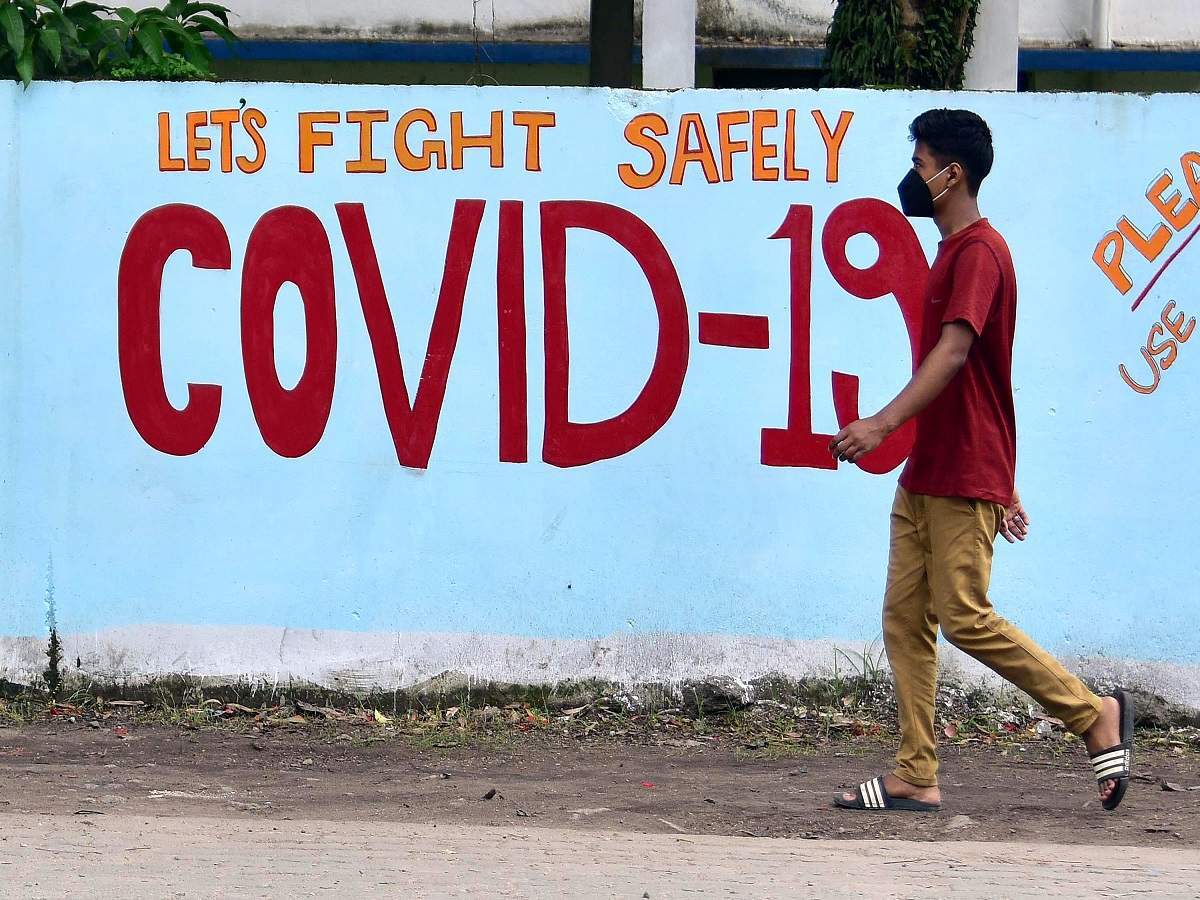- Industry
- 4 min read
Time to focus on post Covid recovery and rehabilitation: Dr. Jaideep Gogtay, Global CMO, Cipla
It is theorized that majority of the pathways associated with Covid-19 might trigger lung fibrosis and damage thereby making it important to monitor the health status of recovered patients.
Even amongst patients who have recovered from mild Covid-19, symptoms like cough, low grade fever and fatigue persist or relapse in the long term. Other symptoms reported include shortness of breath, chest pain, headaches, neurocognitive difficulties, muscle pains and weakness, gastrointestinal upset, rashes, metabolic disruption, thromboembolic conditions, depression and other mental health conditions. People with severe Covid-19 have to be treated in a hospital's intensive care unit, with mechanical assistance such as ventilators. Simply surviving this experience can make a person susceptible to post-traumatic stress syndrome, depression and anxiety. To assist patients with post Covid recovery, several hospitals are now setting up post Covid OPDs and Clinics.
The extent and severity of long term respiratory complications from this infection is still to be determined but emerging data suggests that persistent respiratory symptoms are experienced months after the initial illness. It is theorized that majority of the pathways associated with Covid-19 might trigger lung fibrosis and damage thereby making it important to monitor the health status of recovered patients. In China, amongst a cohort of 55 patients who were followed up with post recovery from Covid-19, abnormalities of pulmonary function and chest radiography were observed in three quarters of them even 3 months after discharge.
These respiratory complications following Covid-19 may cause substantial morbidity, and optimal management remains unclear. Meanwhile, a pragmatic approach proposed includes first line investigations such chest radiography and oxygen saturation measurements, with referral to secondary care where lung pathology needs investigation. The British Thoracic Society has issued a guidance for primary post Covid care. Patients who were not admitted to intensive care but have had a significant respiratory illness can do a chest X-ray at 12 weeks as a follow-up. For those with new and progressive symptoms or evidence of lung damage through constant abnormalities in chest X-ray and oximeter readings, referral to a specialist is recommended.
About 80% of our breathing work is done by the diaphragm. After illness or general deconditioning, the breathing pattern may be altered, with reduced diaphragmatic movement and greater use of neck and shoulder accessory muscles. This results in shallow breathing, fatigue, breathlessness and higher energy expenditure. Breathlessness tends to reduce with breathing exercises. Pulse oximeters may be useful for assessing and monitoring this. Chest pain is also common in post-acute Covid-19. Whether this chest pain is originating from the muscles in the chest or could be due to an underlying cardiac problem (which can be more serious) needs to be differentiated.
Those who have had a significant respiratory illness may benefit from pulmonary rehabilitation that comprises multidisciplinary intervention based on personalised evaluation and treatment, which includes but is not limited to exercise training, breathing techniques, health education and behaviour modification designed to improve the physical and psychological condition of people with respiratory diseases. In the context of Covid-19, rehabilitation can be delivered through various virtual models, including online classes and home education booklets with additional support over the phone. Cipla is planning to support a post Covid seva helpline for patients recovering from mild-to-moderate infection.
The understanding of post Covid sequelae is a work in progress. And longitudinal studies on larger cohorts will play a key role towards understanding the in-depth prognosis as well as the pathogenesis of Covid-19 and arriving at conclusive and appropriate therapeutic approaches to rehabilitate patients and prevent persisting impact post recovery.
(DISCLAIMER: The views expressed are solely of the author and ETHealthworld.com does not necessarily subscribe to it. ETHealthworld.com shall not be responsible for any damage caused to any person/organisation directly or indirectly.)



COMMENTS
All Comments
By commenting, you agree to the Prohibited Content Policy
PostBy commenting, you agree to the Prohibited Content Policy
PostFind this Comment Offensive?
Choose your reason below and click on the submit button. This will alert our moderators to take actions